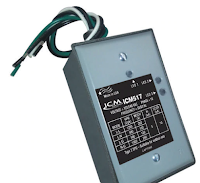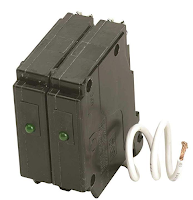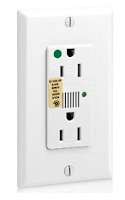Requirements For Surge Protection



The 2020 NEC updates require surge protection for most electric applications. Installing surge protection is something that many home inspectors already recommend. We will look at the different types and the proper installation of surge protectors. A “surge” is a very brief surge of voltage on the electrical lines. A surge can be caused by work the utility company may be performing, power outages, turning a breaker on and off, devices / appliances with large power draws, and a lightning strike.
A surge can cause damage to many sensitive electrical devices and appliances that have a motor. There are 4 types of surge protection devices. Type 1 is installed at the line side of the main electric service panel between the utility pole / transformer and where the electric conductors enters your service panel. Type 1 protect against external power surges, but do not offer protection against internally surges. You would see this device at the meter. Type 2 surge protectors are installed on the load side of the main service panel and will protect against external and internal power surges. This unit can be directly connected to the main service panel. It will look like a double pole breaker with no handle. A neutral stranded conductor from the surge protector will be connected to the neutral bus. Green conductor would go to the ground bus. This is for installation in a main service panel and is normally closest to the main service disconnect or the main service lug. An external surge protection device is installed either next to or directly on the outside of the main service panel. Two black / hot conductors will be connected to a double pole circuit breaker closest to the main service disconnect or the main service lug. The size of the breaker is determined by the manufacture. I see many that are rated for 20 amps. This can easily be looked up to ensure it is properly installed. A white or neutral conductor is connected to the neutral bus, green to the ground. Type 3 surge protection devices are located at the devices. Surge protective receptacles can be installed in place of a typical receptacle. The wiring is the same. Surge power strips can also be used for protection. They should not be confused with a power strip that does not contain surge protection. Type 4 surge protectors are surge protection modules for industrial applications. They can also be directly wired in. In addition, they will protect industrial devices that use servo motors and automation drives.
Related Articles:
- Electric Service Panel Splices
- Electrical Receptacle Placement
- Melting Electric Conductors (VIDEO)
- Dedicated Branch Circuits
Want To Learn More? Click HERE to Search Our Full Database Of Home Inspector Newsletters.



